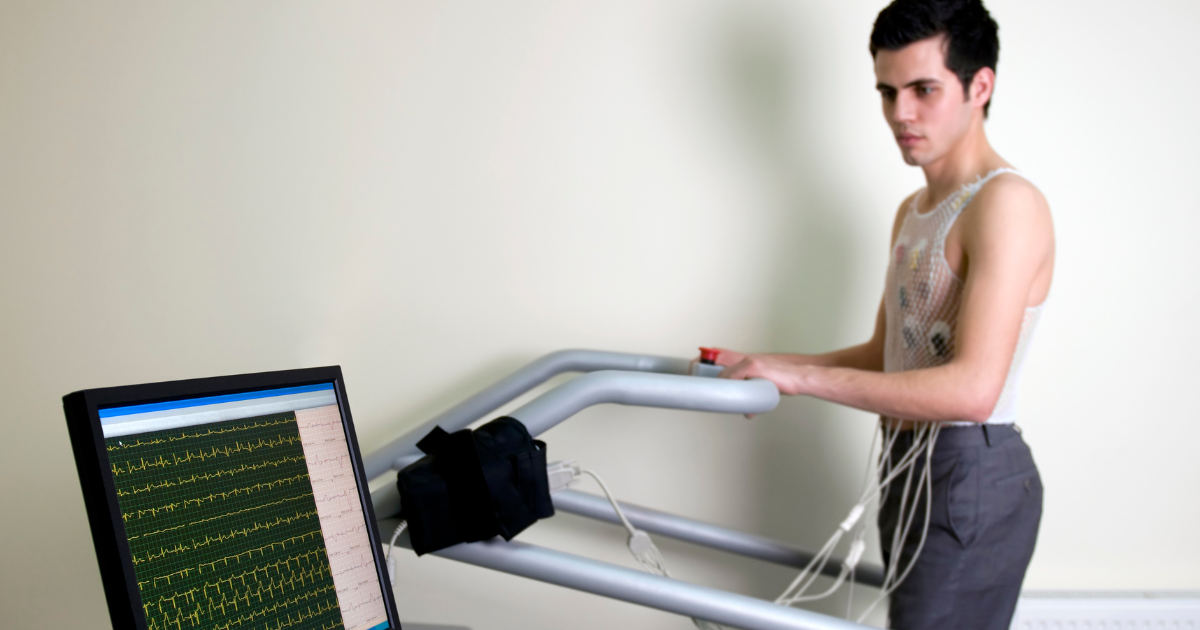What are the 5 main components of Cardiac Rehab?
Cardiac rehabilitation, commonly known as cardiac rehab, is a personalized outpatient exercise and instruction program. The program is intended to assist you in improving your health and recovery after a heart attack, various forms of heart disease, or heart surgery.
Exercise training, emotional support, and information about lifestyle changes to minimize your risk of heart disease, such as consuming a heart-healthy diet, keeping a healthy weight, and quitting smoking, are common components of cardiac rehabilitation.
What Are The 5 Main Components Of Cardiac Rehab?
Medical evaluation
In most cases, your healthcare team will evaluate your physical ability, medical limits, and any other ailments you may have. Continuous evaluations can assist your team in tracking your development over time.
Your healthcare team may examine your risk factors for heart problems, particularly during exercise, during your evaluation. This can assist your team in tailoring a cardiac rehabilitation program to your specific needs, ensuring that it is both safe and beneficial for you.
Physical activity
Through physical activity, cardiac rehabilitation can enhance your cardiovascular fitness. Walking, cycling, rowing, and running are likely to be suggested by your healthcare team as low-impact activities with a low risk of injury. Yoga, which has been found in some studies to be helpful for cardiac health, could be part of your routine.
On average, you will work out at least three times every week. Warming up and cooling down will most likely be taught to you by your healthcare team.
You might also practice muscle-strengthening exercises like lifting weights or other strength-training exercises two or three times per week to improve your muscular fitness. Don’t stress if you’ve never worked out before. Your healthcare team can ensure that the program proceeds at a comfortable and safe pace for you.
Education
You may begin to get education and training in the following areas:
- The initial cardiac event
- Details about your diagnosis and condition
- Managing your emotional responses to the incident
- Controlling cardiac pain and other symptoms
- Monitoring
You will be continuously followed to ensure that your symptoms do not worsen or that you do not have another cardiac incident.
Lifestyle suggestions
Your team will be involved in providing you with support, advice, and education on how you can make healthy lifestyle changes to improve your long-term health. This will entail putting you on a heart-healthy diet, starting you on a regular exercise regimen, assisting you in maintaining a healthy weight, and helping you eliminate any bad habits that could harm your heart.
Discharge plan
Your cardiac rehab specialists will also be able to help you with a discharge plan. Before you leave, they will examine your capacity to walk, your requirement for home oxygen, and any other training or medical needs you may have. They may also collaborate with your family or dear ones to guarantee you receive proper care and assistance after discharge.
Who Benefits From Cardiac Rehabilitation?
Cardiac rehabilitation is a treatment option for many people since it functions as a recovery procedure for many types of heart disease. Some of the most prevalent medical issues that send someone to a rehabilitation program include:
- Heart failure
- Chest pain (angina)
- Coronary artery disease
- Peripheral artery disease
- Heart transplant
- Congenital heart disease
- Pulmonary hypertension
How Might Cardiac Rehab Help?
Cardiac rehabilitation can save many people’s lives. It may aid in the prevention of future heart issues, cardiac arrhythmias, and deaths. They can also reduce their chances of having a second heart attack or requiring heart surgery.
Participants in this program are more likely to succeed in managing other cardiovascular risk indicators, for example, high blood pressure or cholesterol. This is due to the fact that cardiac rehab programs are comprehensive, concentrating on the full patient and providing them with the tools and information required to achieve long-term health changes.
Other advantages include the following:
- Less chest pain and, in certain situations, fewer drugs required to address it
- Avoiding future hospitalizations
- Weight reduction
- Better nutrition and knowledge to make heart-healthy decisions
- Stress reduction and improved emotional well-being
Conclusion
An unexpected cardiac event, such as a heart attack or open-heart surgery, can be frightening and life-changing. Working closely with your healthcare practitioner and rehab team and actively participating in the five components of cardiac rehabilitation can boost your chances of rapidly and safely returning to peak health.

